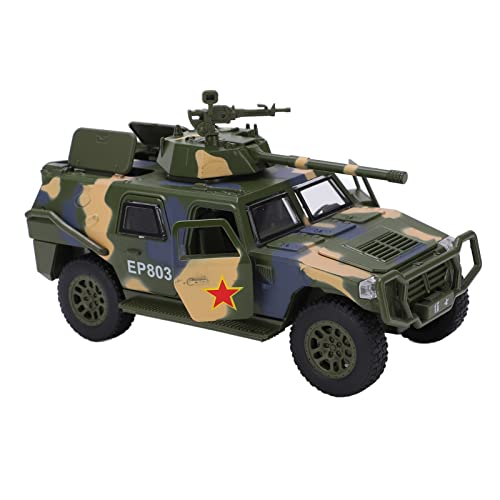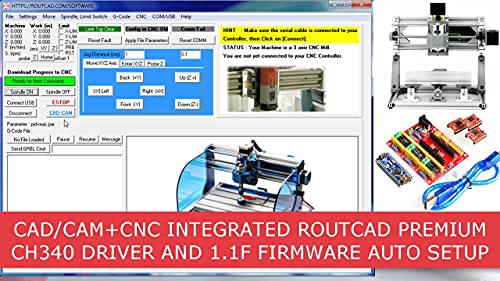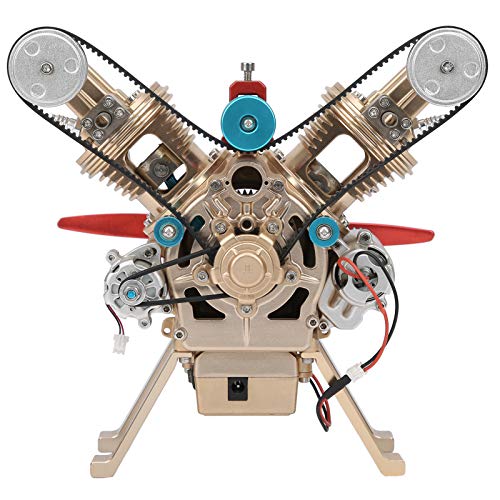Hi,
Professionally the jets in a diesel injector nozzle may be drilled by EDM. It creates tiny holes with extra hard edges.
I was wondering of forum diesel builders were only bit drilling jets or has anyone experimented with using a home brew EDM drill?
If so, would anyone share plans for their EDM set up?
Professionally the jets in a diesel injector nozzle may be drilled by EDM. It creates tiny holes with extra hard edges.
I was wondering of forum diesel builders were only bit drilling jets or has anyone experimented with using a home brew EDM drill?
If so, would anyone share plans for their EDM set up?



































































